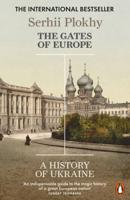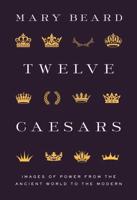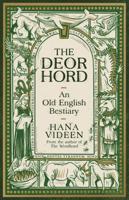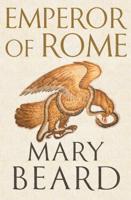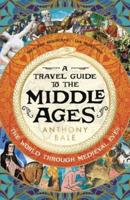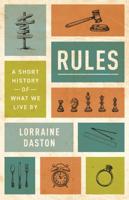Publisher's Synopsis
This beautiful book-a full cultural portrait of Berlin-reveals the spirit of this vital and important city by focusing on the culture it produced from its medieval beginnings to the reunification of 1990. Lavishly illustrated the book surveys the literature, philosophy, music, theater, and visual and decorative arts that emerged from and were expressive of the evolving social patterns of the city.
Ronald Taylor brings to life the cultural activities of each age, putting these in the context of the politics and social life of the era. In relation to the medieval period, for example, he describes the "red-brick" Gothic style, Gothic art in general, and early printed books. For later periods, as the arts develop, he highlights the architecture, contemporary painting and sculpture, music, literature, furniture, and interior decoration. Great names inseparable from the life of the city-Lessing, Hegel, Schinkel, Mendelssohn, Menzel, and Fontane-appear prominently in the narrative. But Taylor also discusses lesser figures who, absorbed by their time and place, often tell us more about their era than do their greater contemporaries.
From a series of cultural cameos, including the Cold War years when it was divided by the Wall into East and West, Taylor assembles a fascinating picture of Berlin, giving insights into its corporate personality. The result is not only a fresh perspective on the city but also a framework within which to view the reunited Germany of today and the cultural paths it is pursuing.
Ronald Taylor brings to life the cultural activities of each age, putting these in the context of the politics and social life of the era. In relation to the medieval period, for example, he describes the "red-brick" Gothic style, Gothic art in general, and early printed books. For later periods, as the arts develop, he highlights the architecture, contemporary painting and sculpture, music, literature, furniture, and interior decoration. Great names inseparable from the life of the city-Lessing, Hegel, Schinkel, Mendelssohn, Menzel, and Fontane-appear prominently in the narrative. But Taylor also discusses lesser figures who, absorbed by their time and place, often tell us more about their era than do their greater contemporaries.
From a series of cultural cameos, including the Cold War years when it was divided by the Wall into East and West, Taylor assembles a fascinating picture of Berlin, giving insights into its corporate personality. The result is not only a fresh perspective on the city but also a framework within which to view the reunited Germany of today and the cultural paths it is pursuing.

